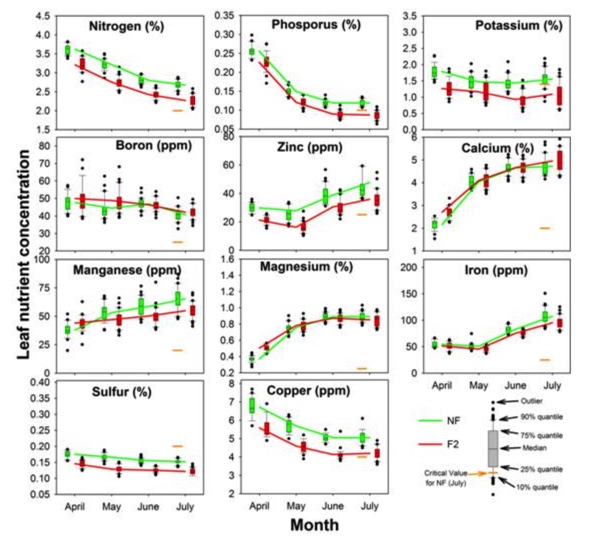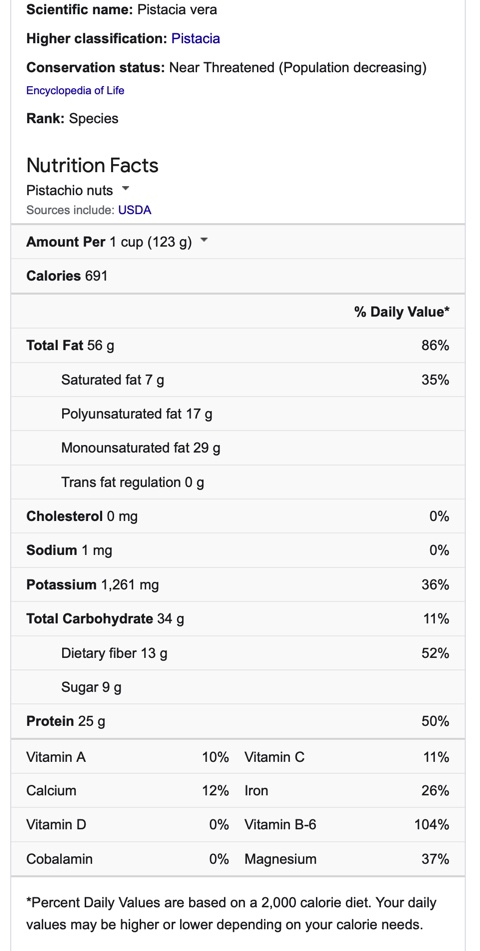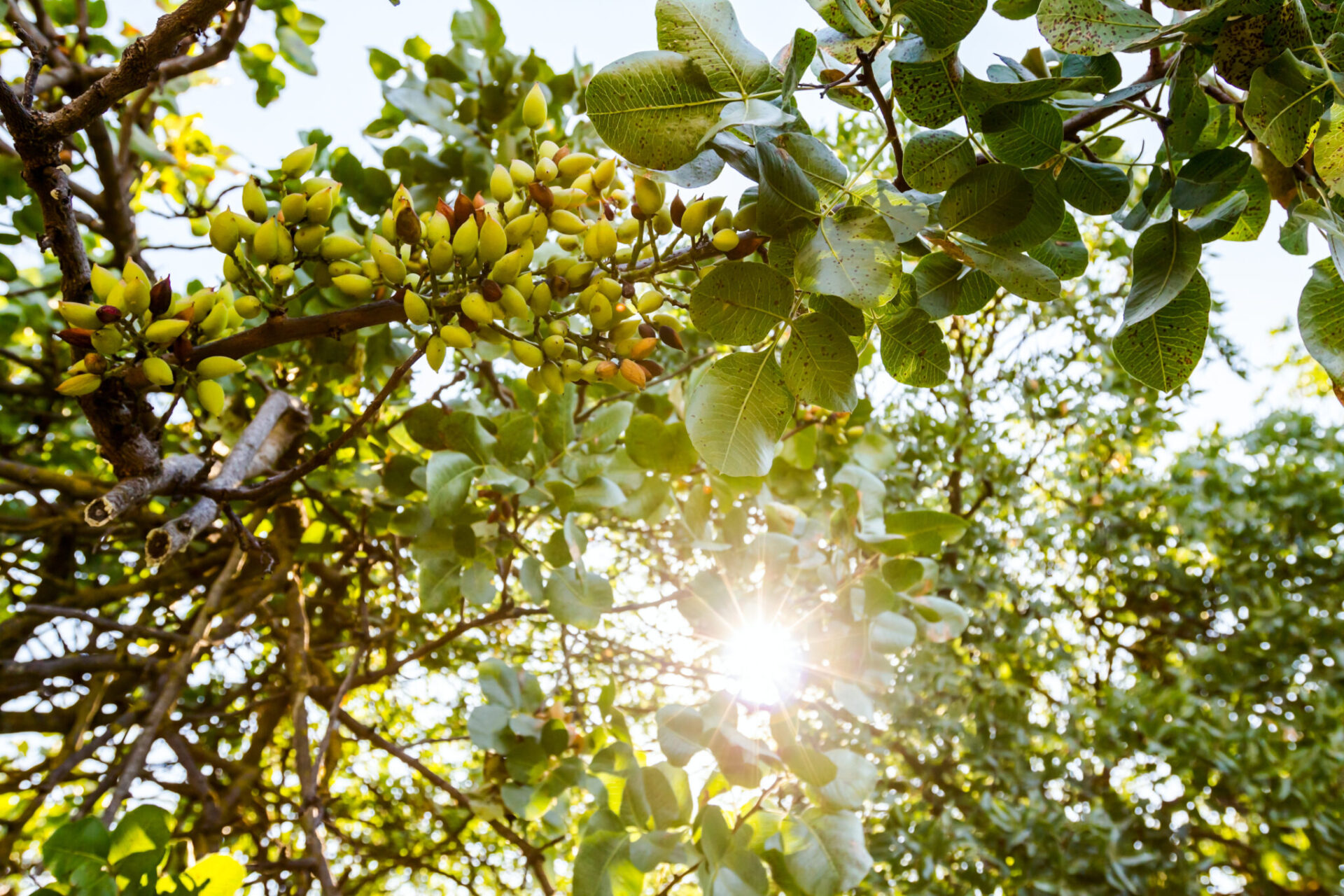Creating a pistachio orchard nutrition plan can be a daunting task and drive you nuts. Every farmer I know wants that silver bullet that will increase those yields with better quality and size. Well, sorry Tonto, Kemosahbee didn’t really have silver bullets in the Hollywood prop belt.
As a Certified Crop Advisor, it is very frustrating for me to meet with a new potential client and hear the words, “What is your normal pistachio nutrient program?” Lee Ann and I only farm 40 acres of pistachios in Madera county on the east side, and in just our little 40-acre block, we have four different soil types with varying CECs of 3.8 (practically river sand) to 11.5 loamy sand. I don’t even have a normal program for any 10 acres of my property! However, it becomes a logistical nightmare to separate four different programs in the irrigation sets for 10-acre parcels. Like most farmers, we farm to the deficiencies of the averages of all four soil types. I’m sure it has been very frustrating for the powers that be in academia as well. That question gets echoed very loudly in their ears on a continual basis: “How much do we put out on our fields every year?” We need to use the data at hand to make better decisions for our orchard’s health.
Nutrient Demand Curve
Let’s take a look at the nutrient demand curve provided. Notice how high the levels are in the beginning of the season for N and P (see Figure 1). The critical levels of those two nutrients seem to be almost baseline by late May into June. The experts will tell you our trees don’t even take up N until leaf-out and draw from internal stores in the roots early in the season. The window seems pretty small to get the required N (at current blanket recommendations) into the tree early for optimal yields.
But there is another aspect. Let’s look at the nutritional components for the nuts as well to see how they play out (see Figure 2). In one cup of pistachios, we can ingest 26% of our RDA for Calcium, 36% for Potassium and 37% for Magnesium! One cup of pistachios will contribute 50% of the RDA of protein for an average sized human and 104% of the RDA for vitamin B-6. As you know, protein contains a lot of N. Those are power-packed little nuts.
But what does that tell us? The nutrient demand curves are based on tissue analysis, not the nuts themselves. How much goes into the actual nuts? As the season progresses and we move into nut fill, that nutrition goes from the “source to the sink” (the soil, the roots and the leaves to the nuts). This tells me two important things: 1) If we are deficient in the tissues, we are probably causing ourselves yield reductions, and 2) the derivative of the nutrient is as important as anything in making sure what we put on actually goes in.
According to Jane Higdon’s research from the Linus Pauling Institute at Oregon State University, she found, “Vitamin B-6 and its derivative pyridoxal 5-phosphate (PLP) are essential to over 100 enzymes mostly involved in protein metabolism.” Cobalt is found in the body and nuts as vitamin B-12. Molybdenum increases nitrogen use efficiency significantly and can aid in creating a healthier microbial soil environment. Phosphorus starts very high in the spring and tapers throughout the season, but it’s a big deal in nut nutrition. Most foods high in protein will also carry quite a bit of P themselves. P, of course, is critical in the Krebs Cycle, creating energy, or Adenosine Tri-Phosphate (ATP). Okay, Rich, enough chemistry; what does it mean? The nutrition we put on our trees has to be at the right rate, source and time to get into the tree to create those delectable little nuts that we rely on for human nutrition.

Apply N and P Early
Back to the nutrient demand curve. We need a significant supply of N and P early. Most N is coming from the roots. P is a continual battle to get to proper levels. A tree can only assimilate orthophosphate into the roots. And look at the slope of the P curve. We need to get it into the tree early. That’s tough with insoluble P when it’s cold and wet. Add it to the soil and foliars early. We have to use a soluble, plant-ready source to get it into the trees at bloom. As soon as we start seeing a little green on those branches at leaf-out, we can start with the N.
However, remember that those nuts need calcium for cell division and cell wall integrity. I’m a big fan of soluble Calcium with early Nitrate in smaller shots. After we’ve spoon fed our Calcium in smaller shots all spring, keep it rolling through nut fill. Adjust your N applications to coincide with your tissue sample levels. A pistachio tree is going to need as much Calcium in a year as N. It’s going to need 10% of its N consumption in amounts of Phosphorus and Magnesium. If your season starts low in Magnesium, since that is the central element to chlorophyll, it’d be best to be adequate. We only have a base saturation of 8% Magnesium in our east side soils, so I add an early soil shot to the ground to get things started, then add it to our foliars as the season progresses. Follow the curves, especially on the east side of the valley. I tested yellow leaves at the end of our branches past the nut clusters to prove a theory. I didn’t think it was solely an N deficiency, but also a Magnesium deficiency. It certainly was. Our trees need a significant amount of Magnesium early through May. Now notice the copper curve. Add it early to your foliars. Focus more of your Manganese nutrition in April. Add the bulk of your Zinc and Iron nutrition in May to match the summer demand.
The researchers in our industry have put a lot of effort into the science of nutrients. As farmers, we have to find a way to get those nutrients into our trees. Until we have separated the data on the actual nutrient load of pistachios as they develop from exocarp through embryo development to shells splitting, and what each stage consists of, we haven’t followed the nutrient demand curves like the one posted. The way we put that information to good use is to be diligent on what was applied, when, how much and what the actual derivative of that nutrient was. If end-of-season levels are coming up and yields are rising, we have made a difference. We can then dial in our individually applied field nutrients and match the trees’ needs. Taking a more scientific approach to growing our pistachios will keep us from going “nuts” trying to figure it all out at harvest without a plan. The only future silver bullet we’ll have to ask for should have blue mountains when we cheer to our success!

















